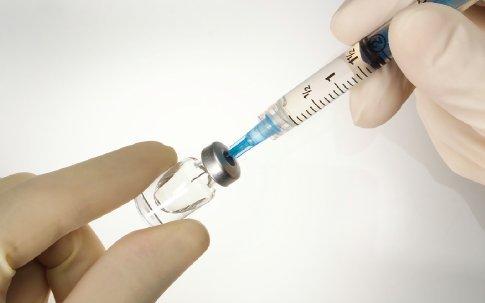Cockroach Allergy Guide
Among the household pests that commonly carry allergens inside the home are cockroaches. These insects are usually present in areas that are crowded, like the city. Proteins from cockroach body wastes can mix with house dust.
Experts have established a connection between the existence of these pests in the home and increased asthma symptoms for those who are allergic to cockroach. These pests inhabit even in spotless areas and old houses. They may be found in all types of environments. Saliva, feces and even bodies of cockroaches have allergenic proteins. Coming in contact with them can already trigger allergic reactions.

Drug Allergy Facts
Some drugs give adverse effects to a person. Therefore, it is advised to be cautious of the drugs to be taken. Another reason for you to be cautious is that, the unwanted effects of some drugs are unpredictable although their instructions are clearly stated. When a person is attacked by an allergy, the possibility of experiencing severe consequences is rare. But there are still many cases where people suffer from multiple symptoms such as swellings, trouble breathing, itching, rash and hives. These conditions give them miserable life.
Some medications that are commonly used are more allergenic compared to other medications, based on several patients’ experiences. Including these are anti-inflammatory drugs, penicillin, antibiotics in general, and aspirin. The symptoms of an allergic response are achieved because of the involvement of IgE. But, the intake of anti-inflammatory drugs along with penicillin may give similar symptoms. Drugs such as vancomycin, intravenous x-ray dyes, paclitaxel, morphine and ACE inhibitors are known to provide the same symptoms felt in an allergic response.
Insect Sting Allergy

An oral antihistamine is used to reduce itching, swelling and hives. An example of antihistamine is Benadryl. To reduce the pain, a pain reliever may be taken. An ice pack may also be used to reduce local inflammation. Various insects such as bees, wasps, fire ants, hornets, and yellow jackets can cause allergic reactions. Insect stings can be brought about by bees, wasps, hornets, fire ants and yellow jackets.
Bees, fire ants, yellow jackets, hornets, and wasps are common insects that can cause allergic reaction. Insect sting allergy can manifest symptoms like swelling also redness that can last a week or two. Nausea, fatigue, and low-grade fever are also common manifestations of sting allergy. A individual with insect sting allergy should minimize wearing bright colored clothes and scented cosmetics. This will prevent in catching the attention of insects. Insect repellants, wearing shoes outdoors, and avoiding outdoor garbage are also advised.
Poison Ivy Allergy
Urushiol causes the itchiness brought about by contact with poison ivy, poison oak, and poison sumac. An allergic reaction brought about by contact with urushiol is presented as an itchy rash. This may be seen within a few hours up to a few days after exposure. Urushiol may be contracted from exposure to contaminated garden or camping equipments.
A resilient sap, urushiol persists in the plant's leaves, stems, and roots even after death. Urushiol can be hastily taken in by the skin. Fire will free the urushiol particles of poison plants into the air. Inhalation of the particles is then possible. Smoke from a burning poison plant contains airborne urushiol. When inhaled, it produces irritation to the respiratory tract. Poison plants like poison sumac and poison ivy is widespread in the US with the exception of the Southwest deserts, Hawaii, and Alaska.
Poison ivy shrubs are typical in the northern and western areas of the US. Everywhere else, it grows as vines. Poison ivy is easy to identify. Just count the number of leaflets and you will know. It will always have three leaflets attached. Determining if a plant is indeed poison sumac involves the identification of a woody shrub. The stem of this shrub should have around 7 to 13 leaves arranged in pairs for it to be poison sumac. A green and drooping cluster of berries differentiates poison sumac from harmless sumac. Wet, quaggy areas are conducive to the proliferation of poison sumac. A group of red berries can be seen hanging vertically in harmless sumac shrubs.
Vaccine Allergy
Anaphylaxis can be caused by an aversion to vaccine, making it an uncommon type of allergy. There is a one in a million chance for an allergic reaction due to vaccination to develop. Before deciding between getting vaccinated or not, take note of the dangers of skipping a vaccination. Mumps and measles are both reported to have caused death. Children may be required by their schools to get vaccinated. Moreover, parents may also protect their children from acquiring these conditions.

Did you know that vaccines contain allergens that may possibly trigger symptoms of hypersensitivity? Two primary ingredients are perceived to be the most likely allergens. One is the egg protein which includes into yellow fever vaccine and flu vaccine. Another is the gelatin in rubella, measles, mumps, Japanese encephalitis and varicella vaccines. Thimerosal caused hypersensitivity reactions in many people. However, this preservative was already excluded from all the vaccines that have been licensed in the United States.

